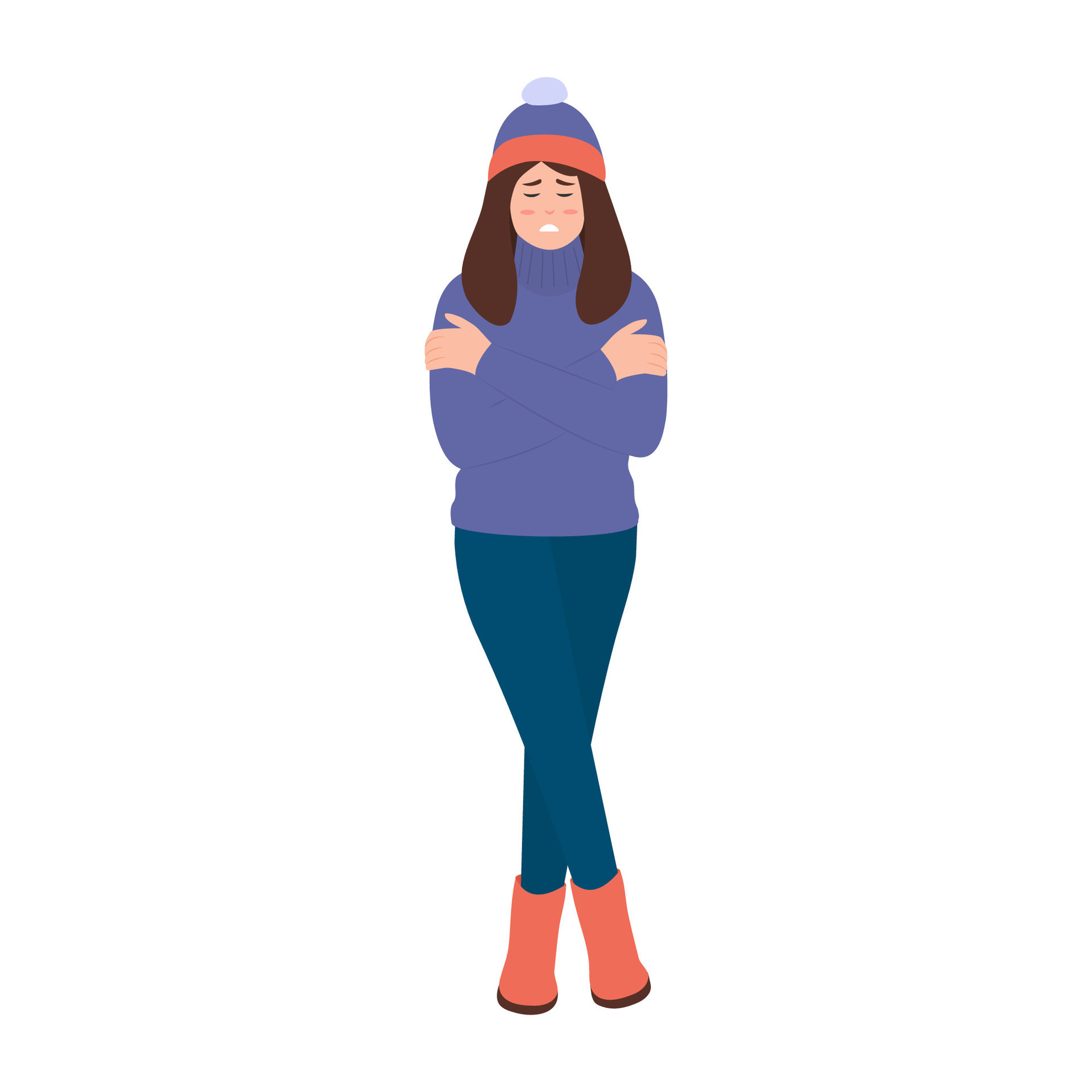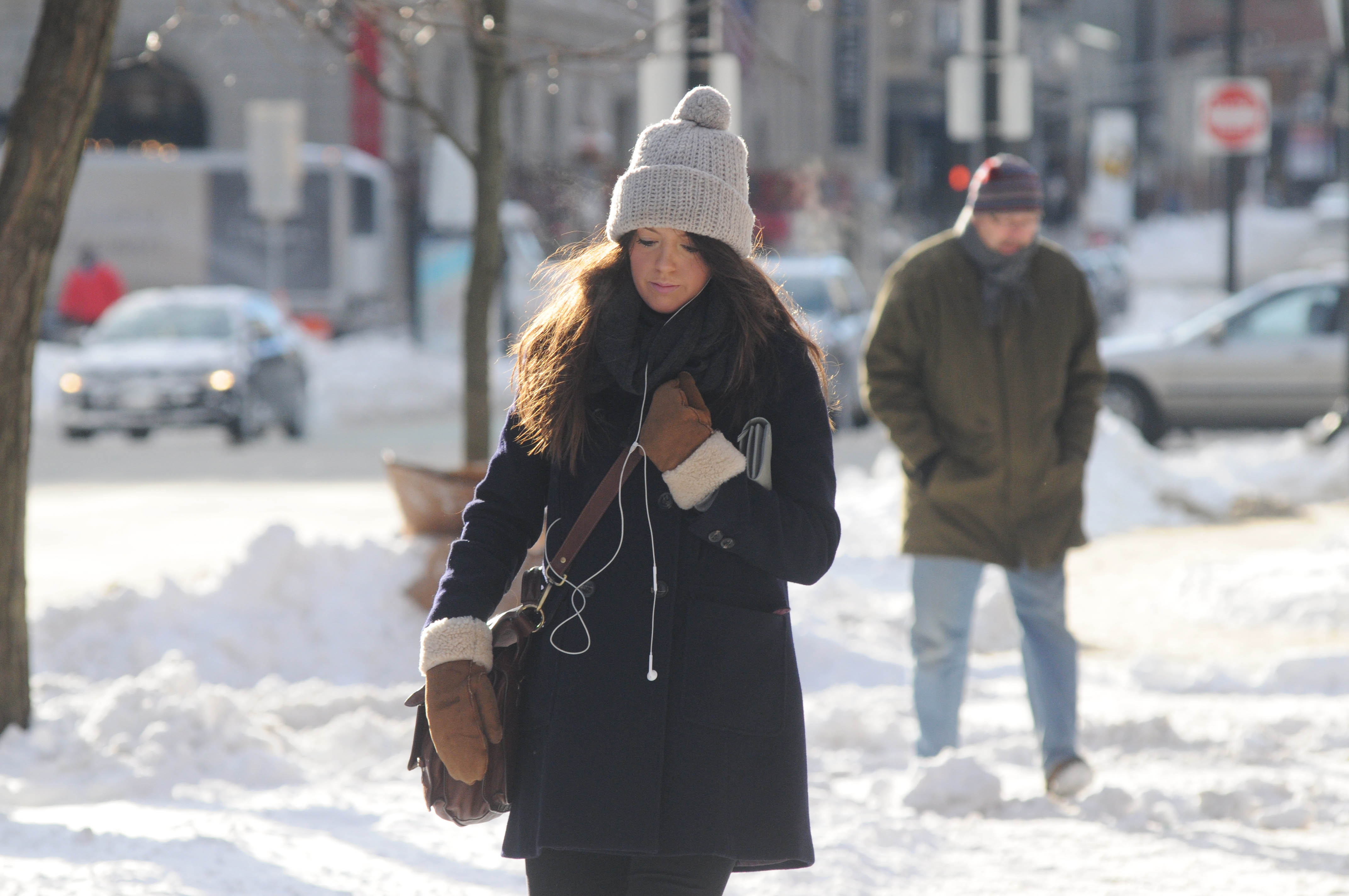HPK
Extreme Cold Watch 101: A Guide To The Chilling New Weather Alert

Extreme Cold Watch 101: Unraveling the Complexities of the New Weather Alert
As winter's icy grip tightens across the globe, a new weather alert has emerged, raising concerns for communities everywhere: the Extreme Cold Watch. This advisory, issued by the National Weather Service (NWS) and other meteorological agencies, signals the impending arrival of dangerously low temperatures that pose a significant threat to health and safety.
Understanding Extreme Cold and its Risks
Extreme cold is defined as a combination of very low temperatures and high wind speeds. These conditions can lead to hypothermia, a life-threatening condition that occurs when the body loses heat faster than it can produce it. Hypothermia can set in rapidly, even in temperatures above freezing if the wind chill is sufficiently low. Other risks associated with extreme cold include frostbite, trench foot, and cardiac arrest.
The Extreme Cold Watch System
The Extreme Cold Watch system is designed to provide advance warning of impending cold weather events. It is typically issued when temperatures are expected to drop to or below -25 degrees Celsius (-13 degrees Fahrenheit) in less than 24 hours. The watch may also be issued when wind chill values are forecast to exceed -32 degrees Celsius (-26 degrees Fahrenheit) for 3 consecutive hours.
When an Extreme Cold Watch is issued, residents in the affected area are advised to take precautions to stay warm and safe. This includes dressing in layers, covering exposed skin, and avoiding prolonged outdoor exposure. Emergency shelters and warming centers may also be opened to provide refuge from the cold.
Perspectives and Concerns
The Extreme Cold Watch system has been met with mixed reactions. Some experts argue that it is a necessary safety measure, providing valuable lead time for individuals to prepare for the cold. Others, however, express concerns that the watch could lead to overreaction and unnecessary panic, especially if it is issued too frequently.
There is also concern that the Extreme Cold Watch system may not be equally accessible to all populations. Individuals who are homeless, lack reliable transportation, or have health conditions may face challenges in seeking shelter or staying warm during extreme cold events.
Data and Evidence
Data from the NWS and other agencies indicate that extreme cold events are becoming more frequent and severe in many parts of the world. In the United States, for example, the number of days with temperatures below -25 degrees Celsius has increased by more than 50% since the 1970s.
Studies have also shown that extreme cold can have a significant impact on health and mortality. One study found that the risk of death from cardiovascular disease increases by 10% for every 5-degree Celsius drop in temperature.
Conclusion
The Extreme Cold Watch system is a valuable tool for alerting communities to the dangers of extreme cold. By providing advance warning, it can help individuals take the necessary precautions to stay warm and safe. However, it is important to recognize the limitations of the system and to ensure that all populations have equitable access to information and resources during extreme cold events.
As climate change continues to alter weather patterns, extreme cold events are likely to become more frequent and severe. It is essential that we continue to refine our early warning systems and develop comprehensive strategies to protect vulnerable populations from the dangers of cold weather.
